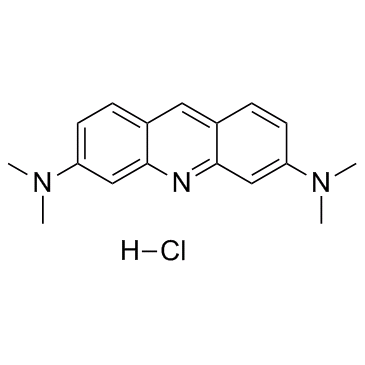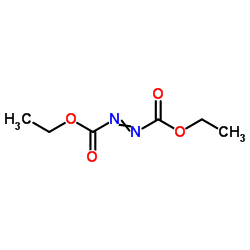| Structure | Name/CAS No. | Articles |
|---|---|---|
 |
Acridine Orange hydrochloride
CAS:65-61-2 |
|
 |
Hydrochloric acid
CAS:7647-01-0 |
|
 |
Flunixin Meglumine
CAS:42461-84-7 |
|
 |
Propidium Iodide
CAS:25535-16-4 |
|
 |
dead
CAS:1972-28-7 |